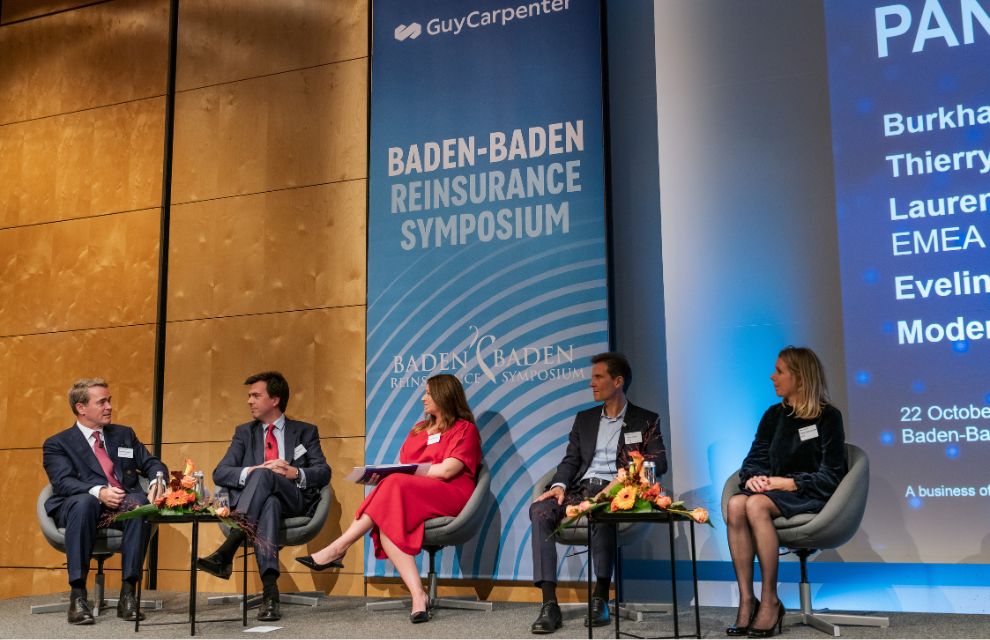The Reinsurance Symposium in Baden-Baden, Germany, examined the rise in demand for alternative solutions. The event was hosted by Guy Carpenter on 22 October. At the symposium, senior insurance industry figures assessed the dynamics of the reinsurance marketplace in the run-up to the 1 January 2024 renewals. The issues covered included exploring how buyers are responding to challenging market conditions. Additionally, panellists looked at how the continued upward trajectory in pricing is creating opportunities for the development of alternative structures to meet capacity needs and facilitate the inflow of new capital. Symposium speakers included Laurent Rousseau, CEO of Europe, Middle East & Africa and Global Capital Solutions at Guy Carpenter, Thierry Léger, CEO of SCOR and Eveline Takken-Somers, lead portfolio manager at ILI, PGGM. Rousseau provided an overview of the reinsurance market, addressing the factors that led to the significant pivot in rates on 1 January 2023. He explored how current dynamics are reestablishing the core function of reinsurance as a mechanism for managing severity rather than frequency. Rousseau also highlighted how conditions are primed for an increase in the use of alternative capital and alternative reinsurance structures to meet clients’ risk requirements. Léger explained how alternative structures have become a core component of SCOR’s strategic approach. Takken-Somers provided the investor perspective on the investment potential afforded by the reinsurance market and outlined the company’s strategy in relation to Insurance Linked Investments. Commenting on the importance of establishing clear alignment of interest between investors and reinsurers, Takken-Somers said: “Today, alternative capital is structurally embedded into the reinsurance industry. It has grown to a significant size and level of importance and will continue to grow if the following conditions are met. “Firstly, there needs to be sufficient alignment with traditional capital so that investors are not having to take on risks that the industry is not willing to take on. Secondly, alternative capital needs to achieve sustainable returns. In recent years, traditional capital and return objectives for alternative capital have not been met.”


